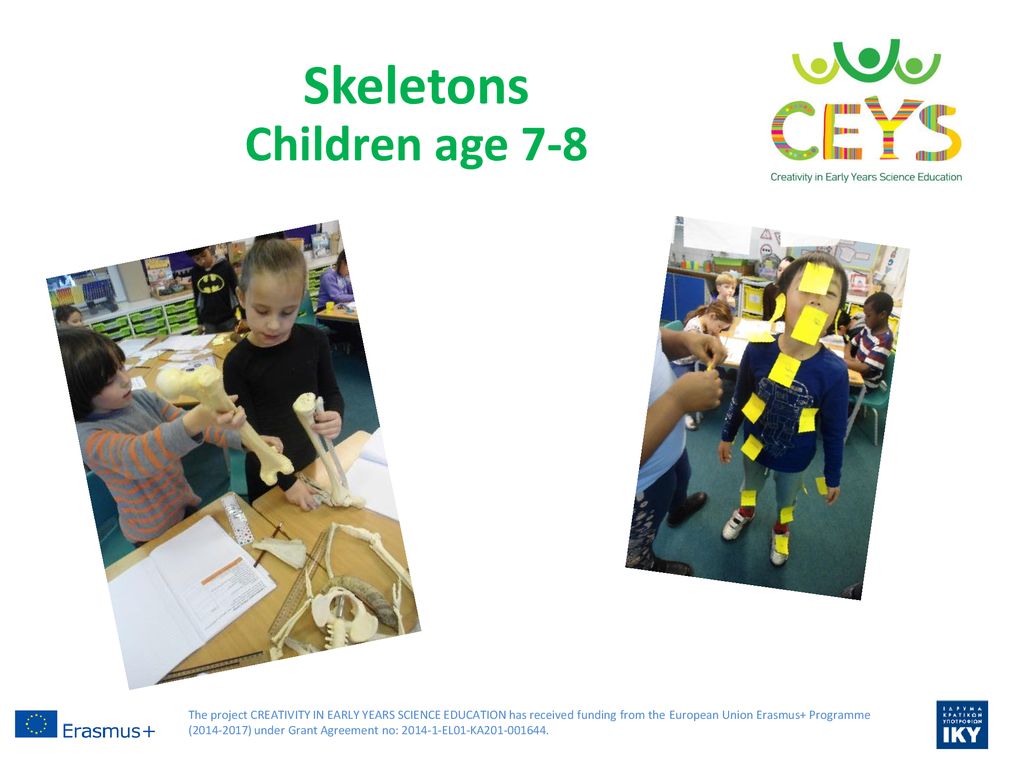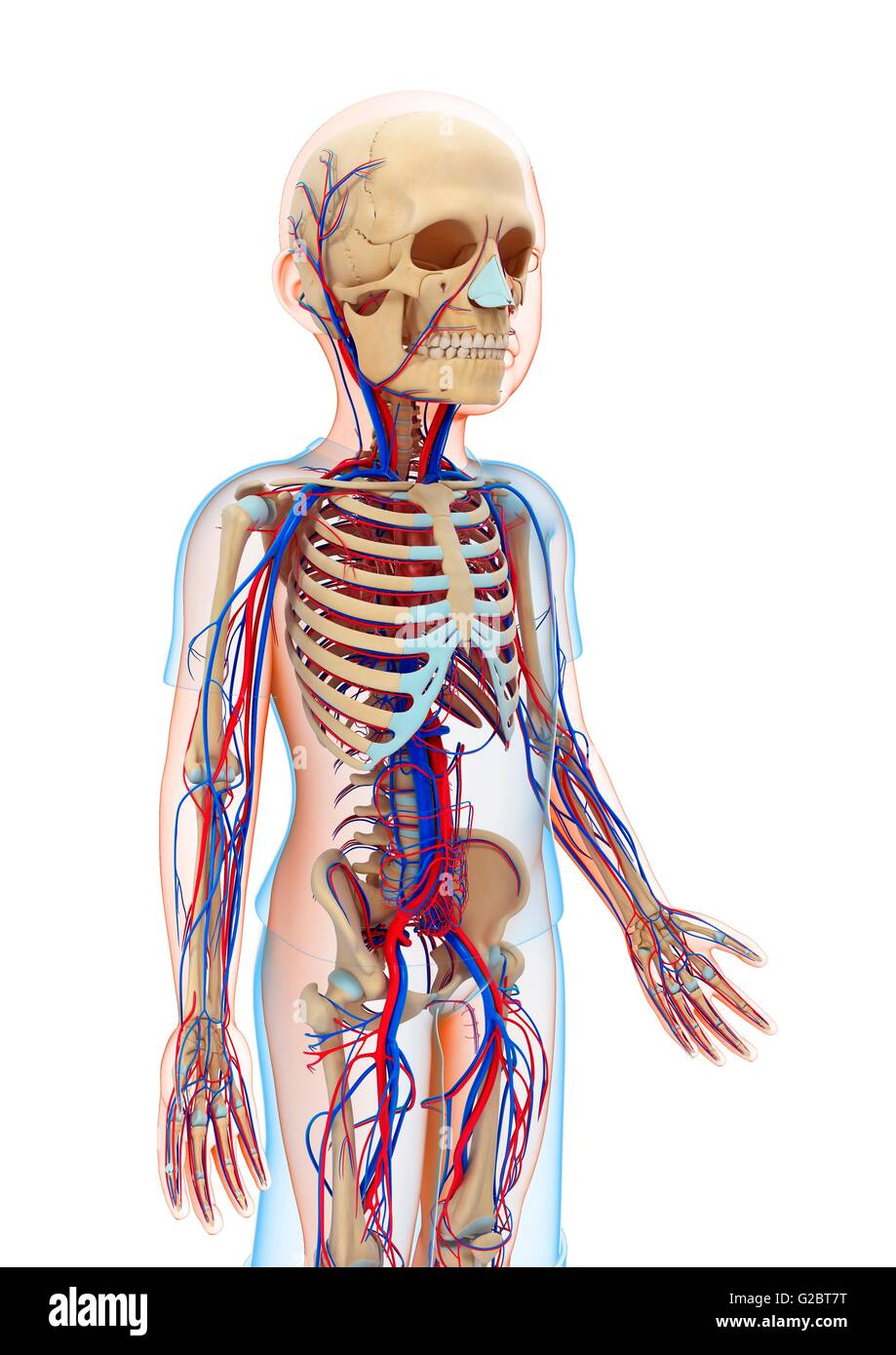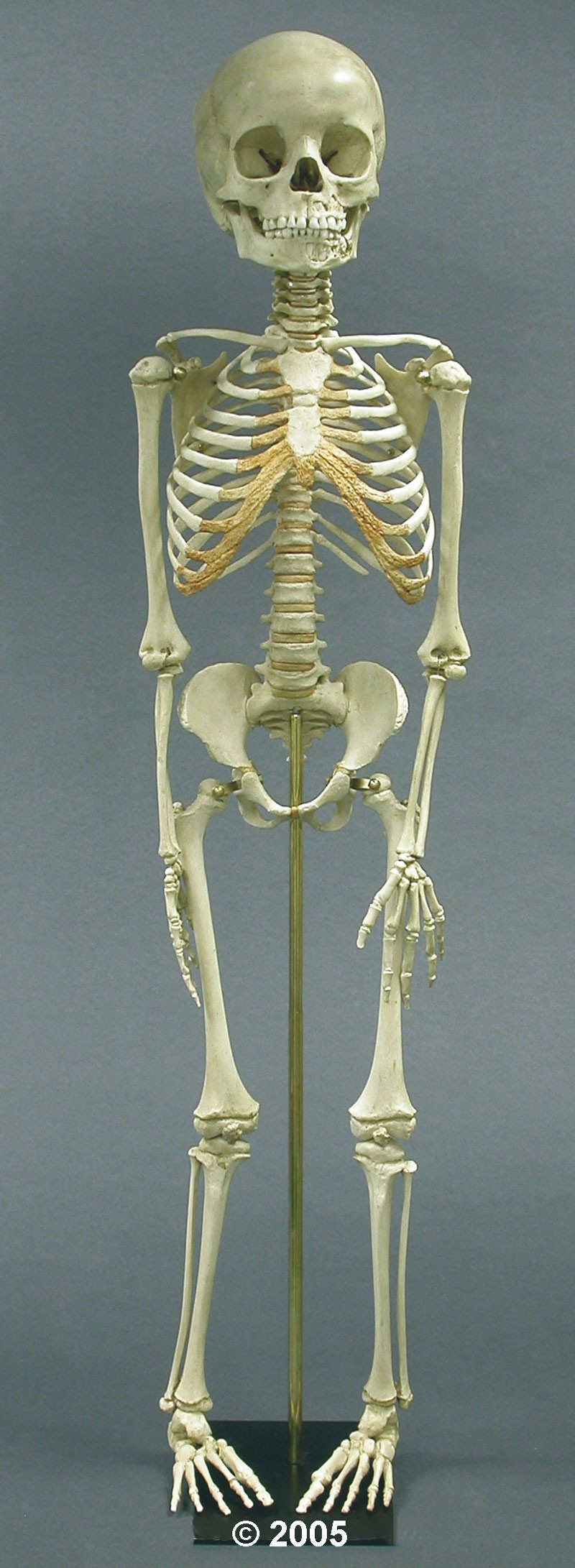Interpreting policy opening up opportunities for creativity Biology Diagrams
BlogInterpreting policy opening up opportunities for creativity Biology Diagrams A child's chronological age, determined by their birthdate, does not always align with their skeletal age, which reflects the biological maturity of their bones. While most children follow a predictable growth pattern, variations in skeletal development can reveal important insights about overall health and future growth potential. An adequate development of skeletal muscles during these two periods may have long-term consequences on body composition and inclination to engage in physical activity throughout life . Moreover, although muscle fiber composition is genetically determined ( 8 ), early physical training can play an important role in "fiber reprogramming" ( 9 ).

Skeletal muscle and pediatric bone development. Curr Opin Endocrinol Diabetes Obes (2015) 22:467-74. doi: 10.1097/MED.0000000000000201 [Google Scholar] 3. Fornari ED, Suszter M, Roocroft J, Bastrom T, Edmonds EW, Schlechter J. Childhood obesity as a risk factor for lateral condyle fractures over supracondylar humerus fractures. The musculoskeletal system is influenced by many different factors as infants and children grow. It can adapt to the demands, or lack of demands, that are placed on it. The major load on bone comes from muscle forces. When muscle pull is altered due to genetic or neuromuscular conditions, alignment may be impacted. Atypical alignment can directly affect functional activities and an individual

Bone Development Timeline Biology Diagrams
Purpose of review: The purpose of this review is to summarize the recent clinical findings surrounding the muscle-bone relationships in children, while considering muscle adiposity, endocrine factors, and lifestyle influences (i.e., diet and exercise) involved in pediatric musculoskeletal development. Recent findings: Positive relationships between cortical bone geometry and muscle mass, size

CT evaluation of timing for ossification of the medial clavicular epiphysis "The clavicle is the first bone to ossify in the developing embryo and the last to complete epiphyseal union. It is the latter sustained period of growth that has attracted the interest of skeletal biologists and forensic practitioners alike, who collectively recognize the important opportunity this bone affords to This seeming paradox is rooted in the fact that there is intense skeletal growth and development during childhood and adolescence, and much more bone is formed than lost. Later in life, the loss of bone tissue exceeds the rate of bone replacement. It, therefore, follows that lifelong bone health is dependent on maximizing peak bone mass during

symptoms, stages, meaning, average, Definition ... Biology Diagrams
Skeletal development refers to the development of the human skeletal system from the early days of pregnancy until the bones have reached full development in late puberty . and purpose—parents can help a child with skeletal abnormalities develop positive body image and confidence in his or her abilities.
